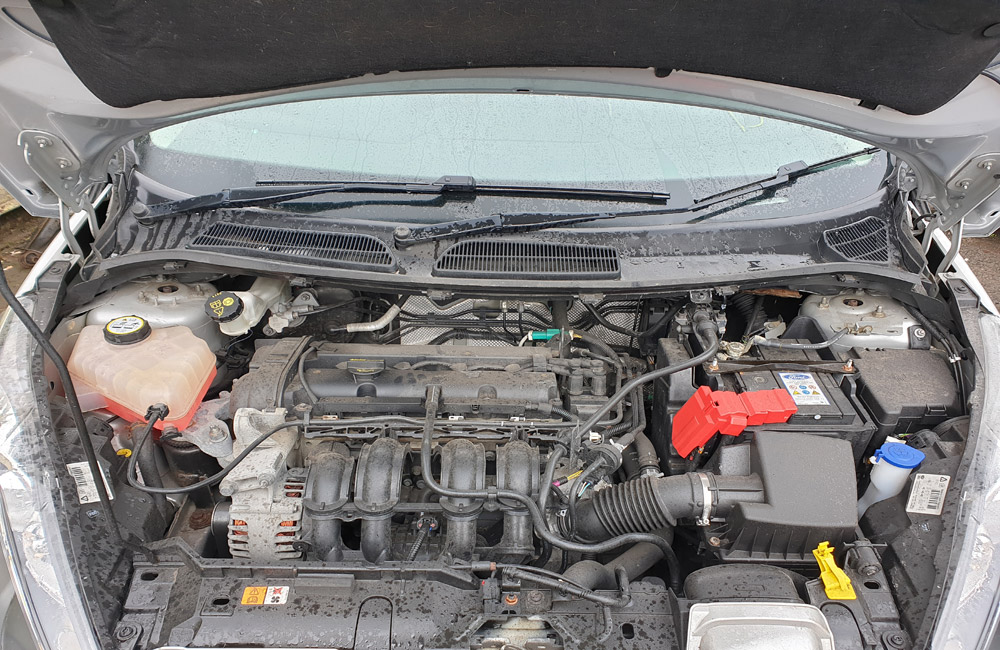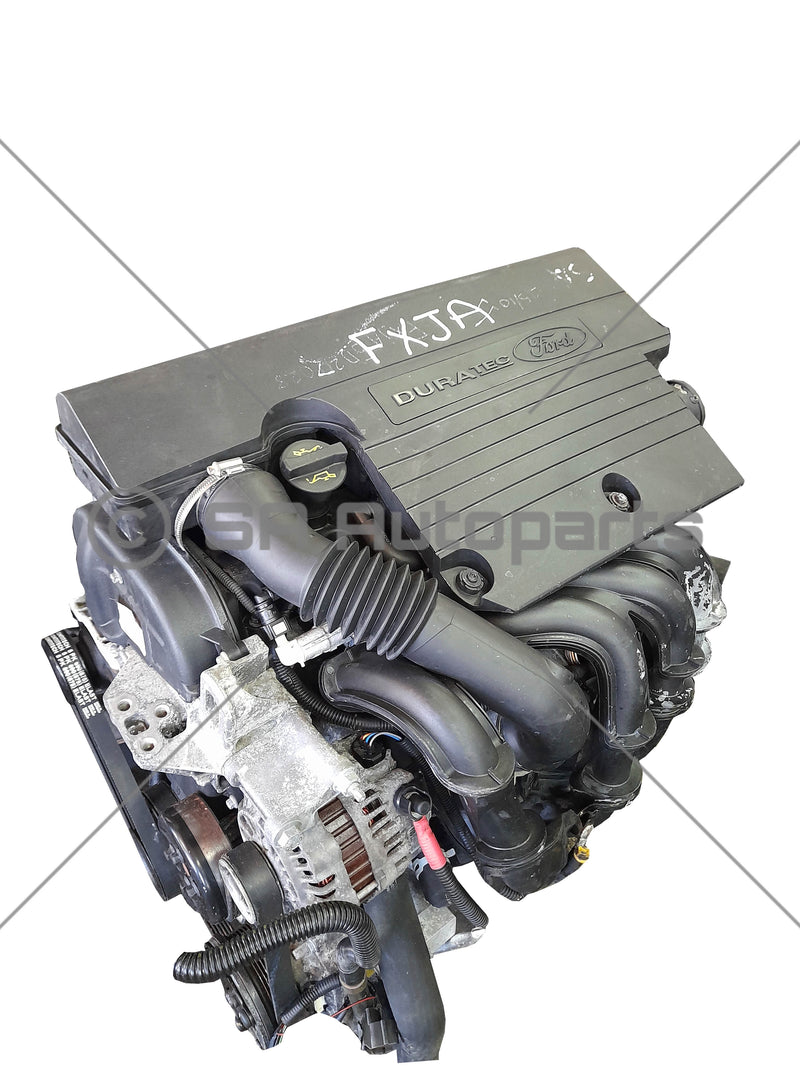The Future of Engines: Developments Driving Lasting Power Solutions
As the vehicle market navigates the important change towards sustainability, the future of engines is progressively defined by groundbreaking innovations. Electric engine improvements, alongside appealing growths in hydrogen gas cells and biofuels, are improving the landscape of power services. The appearance of hybrid systems even more complicates this advancement, presenting both obstacles and chances to reduce discharges effectively. Coupled with the integration of expert system in engine layout, these technological strides increase vital questions about their long-lasting stability and effect on conventional standards. What might this mean for the industry and consumers alike?
Electric Engine Dope
The evolution of electrical engine growths signifies a critical shift in the aerospace and automotive industries, driven by the urgent need for sustainable alternatives to fossil gas. This shift is defined by substantial developments in battery modern technology, power electronic devices, and electric motor design, which collectively improve the effectiveness and performance of electric engines.
Current technologies have actually caused the development of lighter, much more energy-dense batteries, such as lithium-silicon and solid-state batteries, which promise longer ranges and much shorter billing times. Furthermore, enhancements in electrical motor performance, such as making use of long-term magnets and advanced cooling down systems, make it possible for electrical engines to operate efficiently under differing conditions. These enhancements not just improve vehicle efficiency but also add to a decrease in overall energy usage.
Additionally, the integration of innovative software program algorithms has maximized energy monitoring in electric automobiles, permitting regenerative braking and anticipating charging approaches. As producers progressively welcome electric propulsion, the automotive and aerospace sectors are observing a paradigm change towards greener innovations. This evolution not just meets governing demands however likewise lines up with customer preferences for eco-friendly transportation remedies, solidifying electrical engines as a foundation of future lasting wheelchair.
Developments in Biofuels
As the automotive and aerospace sectors increasingly prioritize lasting power resources, developments in biofuels arise as a corresponding service to electrical engines. Biofuels, stemmed from natural products such as crops, waste, and algae, provide an innovative opportunity for reducing greenhouse gas discharges and reliance on fossil gas.
Recent study has actually focused on improving the performance and sustainability of biofuel production. Second-generation biofuels use non-food feedstocks, decreasing competition with food supply and decreasing environmental impact. In addition, advancements in synthetic biology have allowed the design of microorganisms to create biofuels a lot more properly, resulting in greater returns and reduced manufacturing prices.
Furthermore, the advancement of drop-in biofuels permits seamless assimilation into existing facilities, making it possible for a smoother shift for sectors commonly reliant on fossil fuels. ford fiesta engine. These fuels can be utilized in present engines without adjustments, facilitating their adoption across various sectors
Investments in biofuel technology, in addition to encouraging plans, are vital to drive innovation and scalability. As the international neighborhood seeks to deal with climate change, biofuels supply a practical, instant option that lines up with the overarching goal of sustainability in transport and air travel.
Hydrogen Gas Cell Innovation
A growing variety of scientists and companies are discovering hydrogen fuel cell modern technology as a feasible alternative to conventional power sources in transport and energy systems. This technology converts chemical power from hydrogen into electricity via an electrochemical reaction, with water as the only byproduct, making it an eco friendly alternative.
The core of hydrogen fuel cells is the fuel cell pile, where hydrogen molecules are divided into protons and electrons. The circulation of electrons produces electricity, while protons move via a membrane layer to integrate with oxygen from the air, creating water. This process causes high efficiency and reduced discharges, positioning hydrogen fuel cells as a vital gamer in the shift to sustainable power.
Significant improvements have actually been made in enhancing the longevity and effectiveness of gas cells, along with decreasing prices through cutting-edge production techniques. The development of hydrogen production techniques, such as electrolysis powered by eco-friendly energy sources, improves the sustainability of the total system. As framework for hydrogen refueling expands and manufacturing methods end up being a lot more reliable, hydrogen gas cell technology holds wonderful promise for decarbonizing various industries, consisting of sturdy transport and stationary power generation.
Hybrid Systems and Their Impact
Hybrid systems represent a significant evolution in sustainable engine innovation, merging traditional internal burning engines with electrical propulsion to optimize power effectiveness and minimize emissions (ford fiesta engine). This dual strategy permits automobiles to use both source of power, enabling greater flexibility in power usage and decreasing dependence on nonrenewable fuel sources

In enhancement to ecological benefits, hybrid systems use consumers a practical transition in the direction Get the facts of completely electrical automobiles. They minimize range anxiety by incorporating the ease of gasoline with the benefits of electric propulsion, making them an eye-catching alternative for a larger target market. As suppliers spend in hybrid innovation, the advancement of even more innovative battery systems and lightweight products remains to enhance performance. On the whole, crossbreed systems represent a crucial action towards accomplishing sustainable transport and dealing with the urgent demand for eco-friendly power remedies.
The Function of AI in Engine Layout
Leveraging advanced formulas and artificial intelligence methods, the auto industry is progressively integrating fabricated intelligence (AI) into engine style procedures. AI improves the efficiency and efficiency of style have a peek at these guys by assessing vast datasets to identify optimum configurations and efficiency criteria. This capability permits designers to simulate various operating conditions and anticipate engine habits under multiple scenarios, substantially lowering the moment and expense connected with traditional prototyping methods.
Additionally, AI assists in the advancement of innovative materials and combustion procedures customized for sustainability. By maximizing fuel performance and decreasing exhausts, AI-driven layouts straighten with international efforts targeted at minimizing the carbon footprint of automobile engines. Maker understanding algorithms can also forecast upkeep requirements, leading to boosted integrity and long life of engine elements.
Additionally, AI is critical in the combination of electrification modern technologies, such as crossbreed systems, where it can enhance battery management and energy recuperation processes. As the industry relocates in the direction of more lasting power options, the duty of AI in engine layout ends up being progressively vital, driving technology and boosting the efficiency of future engines. Eventually, the collaboration in between AI and engine style heralds a brand-new period of smarter, cleaner, and a lot more effective automotive modern technologies.

Conclusion
In final thought, the future of engines is being formed by a merging of innovative innovations that focus on sustainability. Electric engine innovations, biofuel growths, hydrogen fuel cells, and hybrid systems collectively add to a substantial decrease in emissions Discover More Here and environmental impact. Additionally, the assimilation of expert system in engine design enhances efficiency and performance. These transformative options emphasize a dedication to developing a cleaner, extra lasting auto landscape, ultimately benefiting both society and the environment.
Electric engine developments, alongside promising growths in hydrogen gas cells and biofuels, are reshaping the landscape of power options. Furthermore, enhancements in electric motor performance, such as the usage of long-term magnets and progressed cooling down systems, allow electrical engines to operate effectively under varying conditions. By maximizing fuel efficiency and reducing emissions, AI-driven designs align with international efforts aimed at minimizing the carbon footprint of automobile engines. As the industry relocates towards even more sustainable power solutions, the duty of AI in engine layout becomes increasingly crucial, driving advancement and enhancing the efficiency of future engines. Electric engine innovations, biofuel advancements, hydrogen gas cells, and hybrid systems jointly contribute to a significant decrease in discharges and ecological effect.